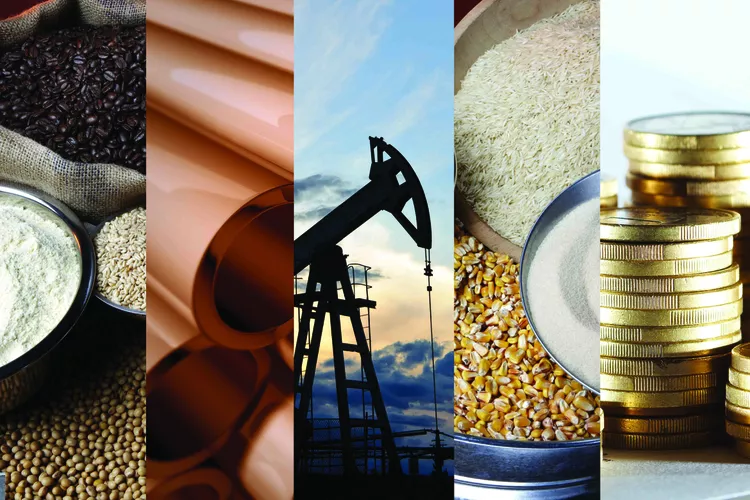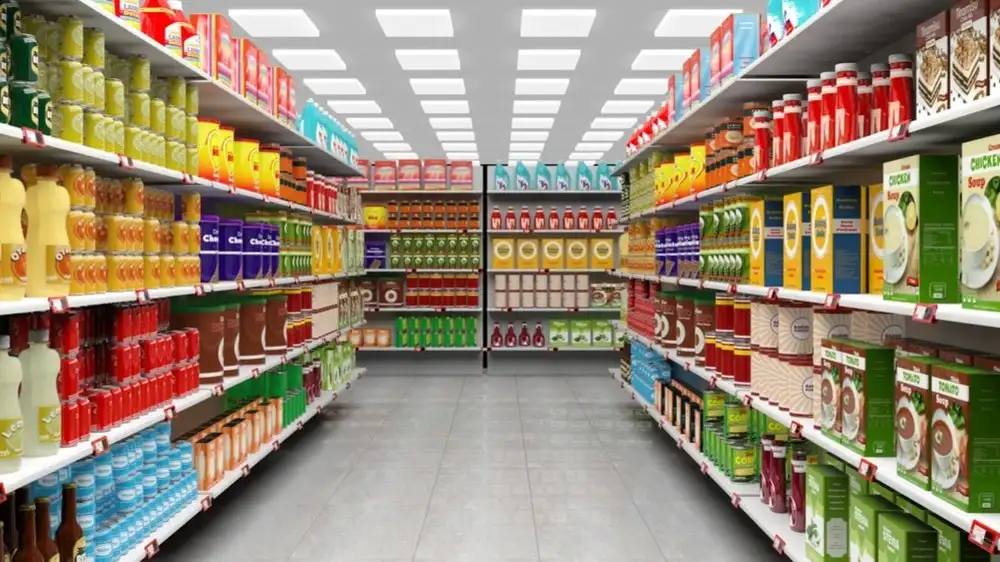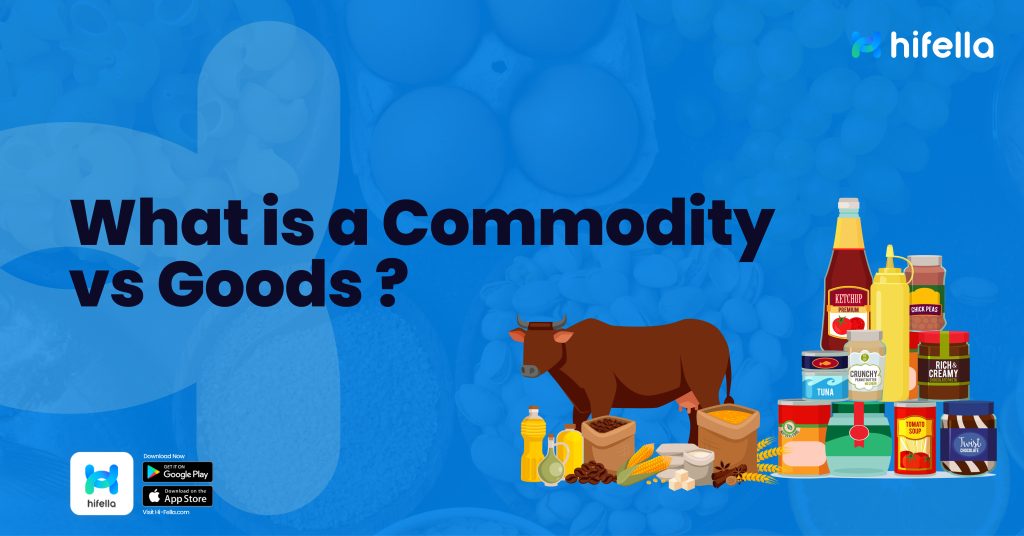Table of Contents
While the terms “what is a commodity vs goods” may look similar and are sometimes used as if they mean the same thing, there are important differences between the two, especially in the context of trade.
Therefore, in this article, we will look closer to answering the question, “What is a commodity vs goods?” by exploring their definitions, characteristics, roles, and what differentiates them. So, let’s get started!
Definition and Characteristics of Commodities

Source: The Balance
To understand “What is a commodity vs goods?” Let’s start with commodities. According to Investopedia, commodities are the primary materials used to make things people buy. They go into making other products and services, not the final items you see in stores.
In business, commodities are simple resources that can be swapped with similar items. Even though the quality might change a bit, these materials are pretty much the same no matter who makes them. If commodities are sold on a market, they have to be good enough to meet certain basic requirements.
Commodities are basic materials or agricultural products that can be bought and sold. Their key characteristics include:
- Interchangeability
Commodities are standardized. This means one unit of a commodity is essentially the same as another unit of the same commodity, making them interchangeable.
For example, one barrel of crude oil of a certain grade is considered equivalent to another barrel of the same grade, regardless of where it was produced.
- Market Traded
Commodities are often traded on specialized markets or exchanges. These markets establish the prices based on global supply and demand dynamics.
- Raw Materials
Typically, commodities serve as raw materials that are used to produce other goods. This includes metals, oil, and agricultural products like wheat or cotton.
- Quality Standards
While commodities are generally uniform, they must meet specific quality standards to be traded on exchanges. These standards are known as basis grades.
- Volatility
The prices of commodities can be highly volatile. Factors such as weather conditions, geopolitical tensions, and changes in supply and demand can significantly impact prices.
Definition and Characteristics of Goods

Source: Berita Usaha
According to Insee, goods are tangible items that people make and want. You can own them, have rights over them, and sell or buy them from someone else through market transactions.
They have their own set of characteristics:
- Tangibility
Goods are usually physical and tangible, meaning they can be seen, touched, and used. This distinguishes them from intangible services.
- Variety
Unlike commodities, goods come in various varieties, brands, and qualities. Manufacturers and companies differentiate their products based on features, benefits, and branding to cater to diverse consumer preferences.
- Value Added
Goods often have value added through the production process. This value comes from combining raw materials, labor, branding, and innovation to create a product that appeals to consumers.
- Ownership Transfer
The ownership of goods can be transferred from one party to another through transactions. This is fundamental to the concept of buying and selling in the market.
- Demand and Supply
The market for goods is driven by consumer demand and the supply of these products. Unlike commodities, the demand for goods can be influenced by marketing, brand loyalty, and technological advancements.
Comparison About What is a Commodity vs Goods?
Although commodities and goods look very similar, they have different roles when creating products.
Commodities are basic materials like oil, cotton, or metals that are transformed into the final products we buy in stores or online.
The change from a simple commodity to a special and valuable product is a big step. This is where we see the main difference between the two.
1. Up and Down Prices vs Stable Prices
Commodities are well-known for their price fluctuations. This can happen for many reasons, such as changes in the amount we have, major events around the world, or natural disasters.
On the other hand, the price of goods is usually more stable because they have a brand that people trust, and this can keep customers loyal. However, the price of goods is still affected by what happens in the market.
2. Worldwide Trade vs. What People Want
Commodity trading is a big thing in the world. It’s done in large quantities and can happen anywhere around the world.
However, when it comes to goods, it’s more about what people like and want, their culture, and standing out from other products, no matter if it’s sold locally or to the rest of the world.
Summary About What is a Commodity vs Goods
When discussing what is a commodity vs goods, it’s important to recognize that commodities are raw materials like oil and gold, whereas goods are finished products like cars and electronics that we use every day.
Understanding these differences is crucial for anyone studying economics, business or involved in the trade and production of these items.
If you are eager to expand your business, you can trade your commodities and goods with Hi-Fella, an online platform that connects companies across sectors on a global level to increase your business reach.









